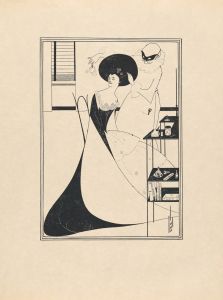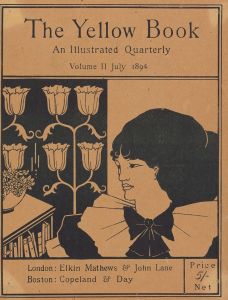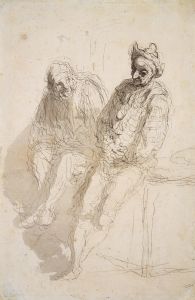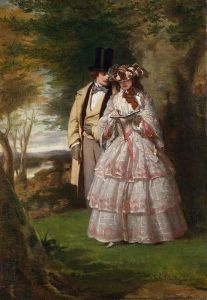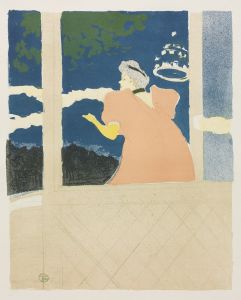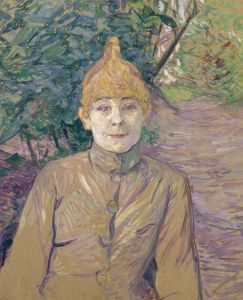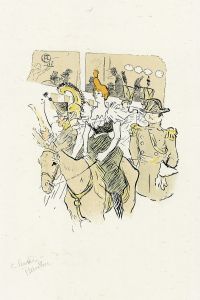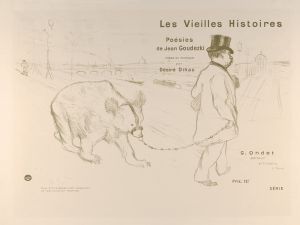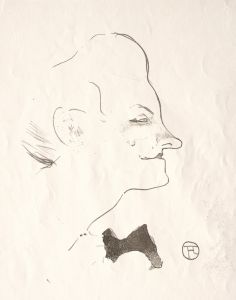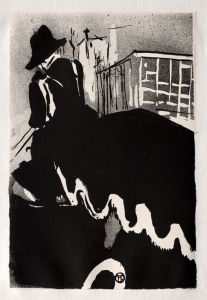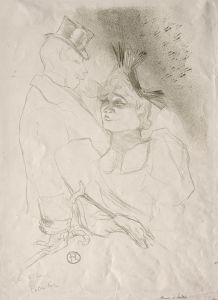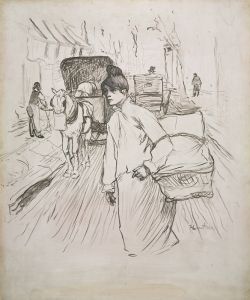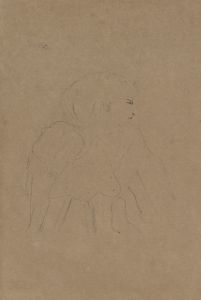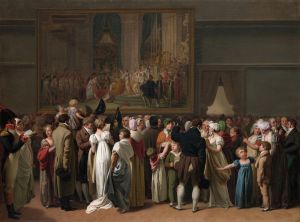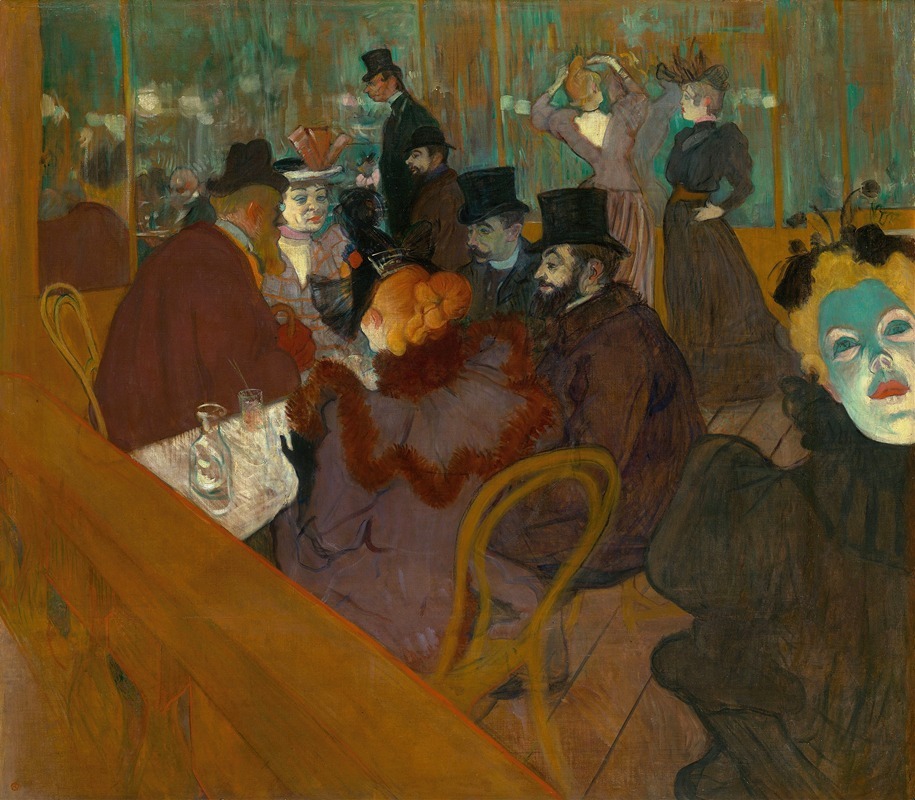
At the Moulin Rouge
A hand-painted replica of Henri de Toulouse-Lautrec’s masterpiece At the Moulin Rouge, meticulously crafted by professional artists to capture the true essence of the original. Each piece is created with museum-quality canvas and rare mineral pigments, carefully painted by experienced artists with delicate brushstrokes and rich, layered colors to perfectly recreate the texture of the original artwork. Unlike machine-printed reproductions, this hand-painted version brings the painting to life, infused with the artist’s emotions and skill in every stroke. Whether for personal collection or home decoration, it instantly elevates the artistic atmosphere of any space.
"At the Moulin Rouge" is a renowned painting by the French artist Henri de Toulouse-Lautrec, created between 1892 and 1895. This artwork is a prime example of Toulouse-Lautrec's distinctive style and his fascination with the vibrant nightlife of Paris during the late 19th century. The painting is an oil on canvas and measures approximately 123 cm × 140 cm (48.4 in × 55.1 in). It is currently housed in the Art Institute of Chicago.
Henri de Toulouse-Lautrec was a post-impressionist painter known for his depictions of the bohemian lifestyle in Paris, particularly in the Montmartre district. "At the Moulin Rouge" captures a scene at the famous cabaret, the Moulin Rouge, which was a popular entertainment venue at the time. The cabaret was known for its lively atmosphere, can-can dancers, and as a gathering place for artists, writers, and performers.
The painting features a group of people socializing around a table, with the cabaret's distinctive interior visible in the background. Among the figures depicted are several of Toulouse-Lautrec's acquaintances, including the dancer La Goulue (Louise Weber), the entertainer Jane Avril, and the photographer Paul Sescau. Toulouse-Lautrec himself is also present in the painting, seen in the background with his cousin, Dr. Gabriel Tapié de Céleyran.
One of the most striking aspects of "At the Moulin Rouge" is its use of color and light. Toulouse-Lautrec employs a vivid palette to convey the lively and somewhat garish atmosphere of the cabaret. The use of electric lighting, which was relatively new at the time, is evident in the painting's bright, artificial illumination. This lighting creates stark contrasts and casts dramatic shadows, adding to the sense of movement and energy in the scene.
The composition of the painting is also notable for its innovative use of perspective. Toulouse-Lautrec employs a high vantage point, giving the viewer a sense of looking down into the scene. This perspective, combined with the diagonal lines of the table and the figures, creates a dynamic and somewhat disorienting effect. The cropping of the figures at the edges of the canvas further enhances the sense of immediacy and intimacy, as if the viewer is part of the gathering.
"At the Moulin Rouge" is not only a masterful work of art but also a valuable historical document. It provides a glimpse into the social dynamics and cultural milieu of Paris at the turn of the century. The painting reflects Toulouse-Lautrec's keen observation skills and his ability to capture the essence of his subjects with both empathy and wit.
Toulouse-Lautrec's work, including "At the Moulin Rouge," had a significant impact on the development of modern art. His innovative use of color, composition, and perspective influenced many artists who followed, and his depictions of urban life helped to pave the way for the later movements of Expressionism and Fauvism.
In summary, "At the Moulin Rouge" by Henri de Toulouse-Lautrec is a vivid and dynamic portrayal of Parisian nightlife in the late 19th century. The painting's use of color, light, and perspective, along with its depiction of real-life figures, makes it a significant work in the history of art. It remains a testament to Toulouse-Lautrec's unique vision and his contribution to the world of modern art.





